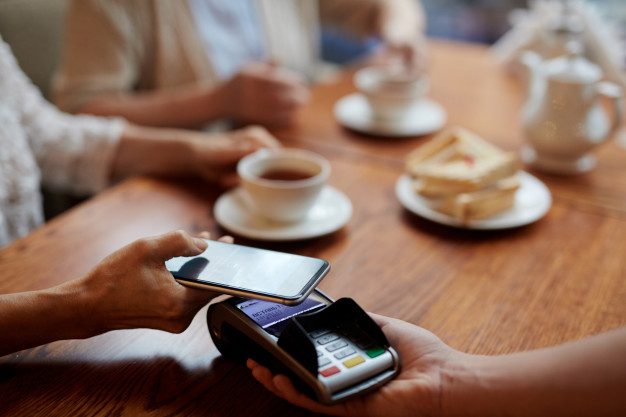Cashless payments are becoming more prominent globally, though there are significant variations across countries.
Belgium, Brazil, China, the Czech Republic, France, Germany, Japan, the Netherlands, Spain, and the U.S. are best positioned to go totally cashless. In lieu of cash, consumers increasingly use debit or credit cards, as well as payment services such as Apple Pay, PayPal, Venmo, and Zelle. Cashless payments have proven to be more convenient, reduce certain types of crime, and simplify accounting processes.
Research shows that digital payments are changing how consumers spend their money. A new study from the University of Adelaide and University of Melbourne in Australia analyzed spending habits across 17 countries and found that cashless payments are making consumers spend more.
The Rise in Cashless Payments
Using a card or tapping a phone at a point-of-sale eliminates the need for consumers to carry or handle cash, and relieves merchants of cash handling tasks. Cashless payments remove friction at the point-of-sale. However, without being able to see how much they are spending—how many bills and coins they are physically handing over to the cashier—some consumers are becoming less strict with their budgets.
This is positive news for merchants but concerning for consumers. Some merchants have been reluctant to prioritize digital payments over cash due to processing costs. However, with the potential for increased customer spend, merchants can justify the expense. Consumers must beware.
The difference in consumer spending was small, but mighty. The most noticeable difference in spend behavior was rooted in purchases meant to signal status, such as luxury branded clothing and jewelry. There was little difference in spend behavior when comparing donations and tips.
Researchers from the study recommend that consumers carry cash instead of cards because it serves as a means of self-control. When consumers can see how much they have budgeted and only carry around that exact amount in their wallet, it is impossible to overspend. Credit cards with large limits, debit cards linked to checking accounts, and buy now, pay later services enable large ticket purchases and plant just enough temptation for the consumer to splurge.
The transition towards a cashless society is inevitable. Most of the sentiment around cashless societies is positive, promising a brighter future with reduced corruption, easier checkouts, and automated accounting. However, the downsides to a cashless society often go overlooked. Cashless societies reduce consumer privacy, expose consumers to potential hackers, magnify economic inequality, and change consumers’ spending habits.
